Green Jobs, Healthy Communities: A Conversation With SEEED’s Stan Johnson and JD Jackson
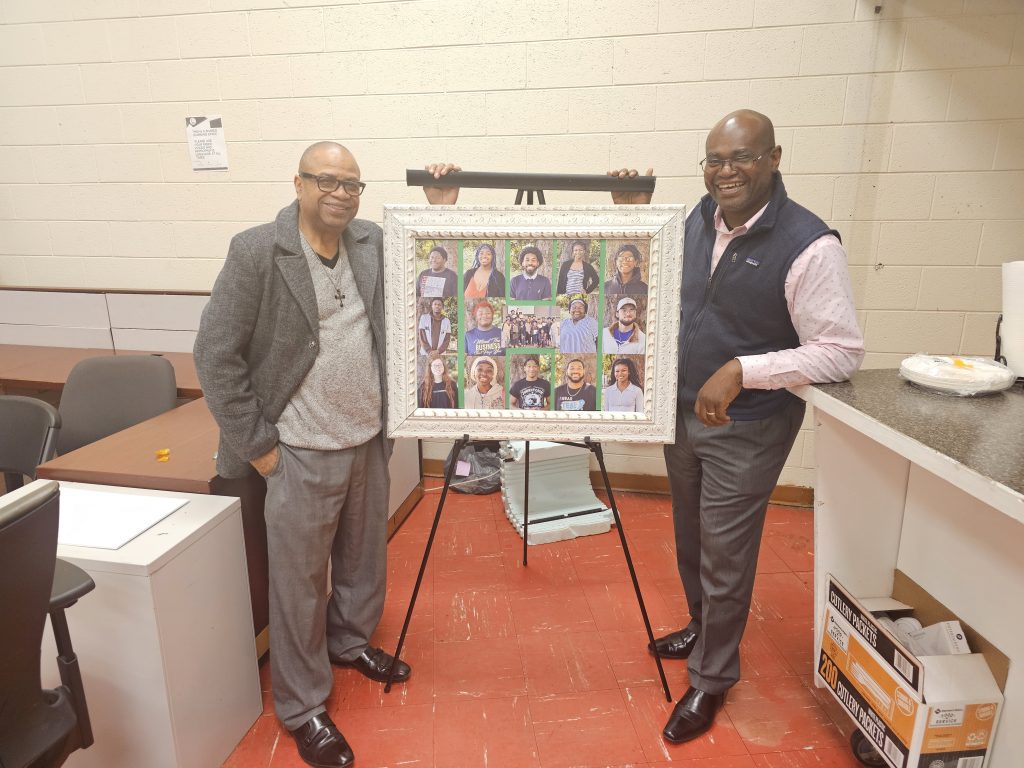
Founded in 2009, SEEED, which stands for Socially Equal Energy Efficient Development, is a nonprofit operating in East Knoxville, Tennessee. The organization’s mission is to provide “pathways out of poverty for young adults through career readiness training, environmental education and community engagement.”
In February, Abby Hassler of Appalachian Voices spoke with SEEED’s Executive Director and Founder Stan Johnson and Chief Operating Officer JD Jackson. This interview has been edited for length and clarity.
Abby Hassler: Our readers care deeply about investing in their communities and protecting their environment. For those unfamiliar with SEEED, what is your message to them about the work you all are doing?
Stan Johnson: We train inner-city young adults between the ages of 18 and 24 on green jobs. That’s the gist of it. Those green jobs include environmental jobs as well as advocacy. We want to make sure that people are being able to knock on doors and talk to people about their utility bills. This environment did not get messed up in five minutes. We’ve been dealing with this for a long time.
I started out bashing the powers to be: the city, the county and the Knoxville Utilities Boards of the world, saying, “Y’all ain’t helping poor people. Y’all ain’t doing this. Y’all ain’t doing that. Blah, blah.” But relationships are important.
Now, most of those people are my partners. So, how do we teach people how to become good partners? I want to make sure that KUB and the city of Knoxville do well. But I want them to do it in a responsible way that considers the equity of others who are not as fortunate as they are. So that’s where my passion is now: How do we make sure that we’re socially equal?
JD Jackson: Basically, it’s pathways out of poverty. The future is holistic pathways out of poverty. You can give them a job or career, but what about their mental health, relationships and physical health?
We really dive into giving everyone the best chance to be the best person they can be. We have different avenues and partners. If you don’t like what we do at SEEED as far as a job or career, we can get you into other careers. I don’t want to be limited to what we can offer. We’re going to offer them the best, give them the pathway towards it, and bring the community alongside them.
Hassler: What do you all love most about what you do?
Johnson: It’s the young people for me. I was the program director when I first started. I didn’t know what an executive director was. I just wanted to be a mentor to these young people. That’s where I get most of my energy and passion from. I started with three young men: Jerome Johnson, Joshua Outsey and Jarius Bus. All three of them were 21 years old. Now, they’re all fathers and husbands taking care of their families. What more can you ask for? That’s my passion.
Jackson: It’s all about the young people. They’re our future, and they need a voice. They need somebody to advocate for them. More importantly, they need somebody to meet them where they’re at. You know, if you’ve got a bucket and it’s full of holes, before you pour something into it, you’ve got to patch up the holes.

Hassler: Speaking of investing in young people, your foundational Career Readiness Program started a new cohort this month and runs for the next eight weeks. What do you have planned for these students, and what do you hope they will get out of the program?
Jackson: I want these young people to get a sense of authentic community within themselves. During the last two or three years, we started dealing with traumas, dramas and emotional scars. CRP Program Director Ronnisha Smith and CRP Coordinator Anise Banks are meeting these young people where they are and finding out what’s going on first. If we can help them, we can, or if we’ve got to get outside resources, we’ll defer them or point them toward other organizations that can help them.
But for me, in particular, it’s seeing the light come on, and they get it. The last two classes were filled with so many superstars who just wanted somebody to hear them and give them directions on where to go. You know, “Let me pull the greatness inside of you and let you see it.” It’s like, “Oh, I do have greatness in me.” Okay, now take that greatness and do something with it.
We also tell them that they have to pay it forward, give it back and reinvest in the community so the whole community can thrive. It’s that holistic approach to pathways out of poverty.
Hassler: Once students complete the CRP, they’re eligible to enroll in one of your boot camps: Green Construction, Community Engagement and Edible Forest. Focusing on your Green Construction program, you all believe that “nothing stops poverty like home ownership.” You build energy-efficient homes and train CRP graduates in green construction skills. Tell me more about why you believe training young people for green jobs is important.
Johnson: We’ve got to save the damn planet. You know, we’re kicking the can down the road. For instance, we did not have any housing standards until 1978. Guess when most of the houses in the “hood” was built? If we’re gonna fix that, weatherization has to happen. Who better to learn how to do weatherization than somebody who knows how to build a fully functioning zero-energy home?
The second part is that these young men, who are so amazing, had to pick their discipline before they went to the job site. The biggest thing is these young people get a chance to choose where their fertile ground is. We don’t say, “You’re good at math, so become a math teacher.” We want to say, “You’re good at this, but you love that. Here are some opportunities for you to go drive along or job shadow or look at it before you decide that this is what you want to do.”
For example, this young man is now driving a concrete truck that weighs 80,000 pounds. That’s because he went on a ride-along in the program and wanted to get his Commercial Driver’s License to become a concrete truck driver. He would have never been able to think like that if he hadn’t been exposed to these opportunities.
Jackson: We call it an extended job interview. As a matter of fact, on this last job, another of the boot campers got hired by the general contractor. He fell in love with this guy and wanted him on his team. So I said, “Go out there, fly butterfly! Fly and be all that you can be.”
We do something in the boot camp called “Home Builders Institute” training, where they can get on a pathway to certification. This guy said, “I would like to come by and be the instructor for HBI.” He’s willing to circle back and help the other younger people because there’s nothing better than a person that’s close to your age saying, “Hey, look at me. I was part of the system. Now, I’m coming back as a facilitator and teacher. Wow, if I could do it, you could do it.” So they’ll listen, and it becomes more attainable for them.
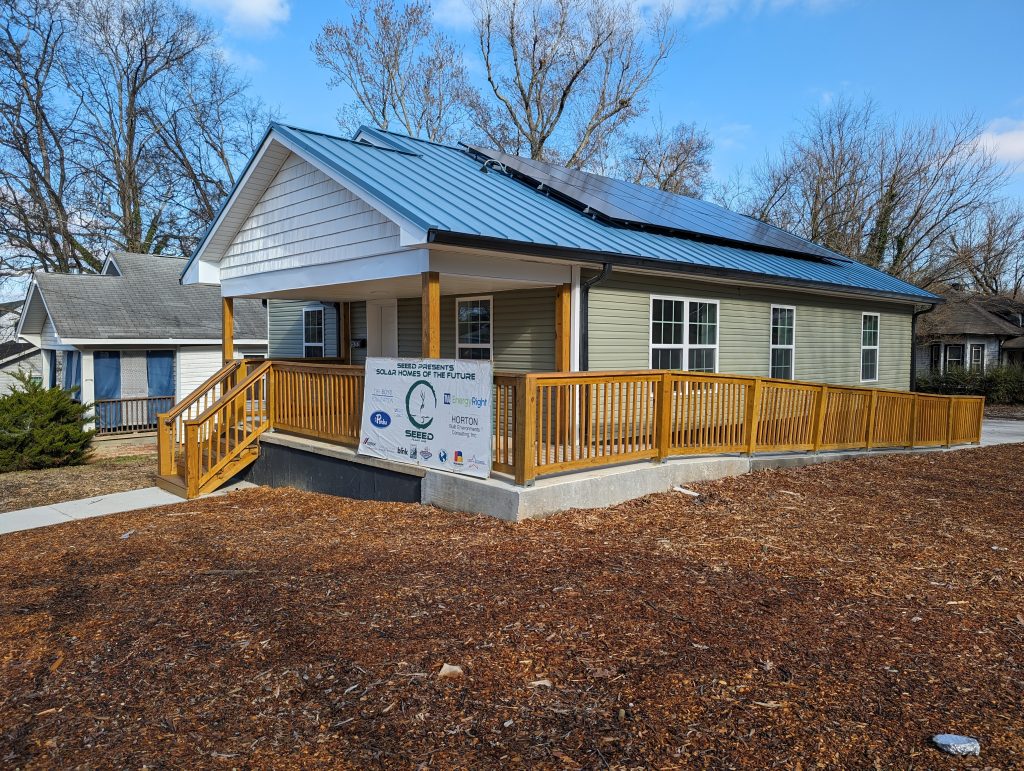
Hassler: I would love to learn more about the energy-efficient homes these students are working on. In 2022, you unveiled your first energy-efficient solar home in Knoxville. You’ve won some awards for that home and earned recognition from the Department of Energy. Any thoughts about that?
Johnson: You know how you think you’ve made it and arrived. Well, that made me know we had. The Department of Energy is not going to come to visit some little podunk nobodies. It took us from this little podunk mindset of, “We’re just gonna make it along the way,” to “We have won some awards for this house. We’ve done some great work.” All of this stuff is fantastic.
When DOE came down and said they never see this much put into a home, that made me feel satisfied with the process. This has been 15, almost 16 years of work. These young people deserve it. The community deserves it.
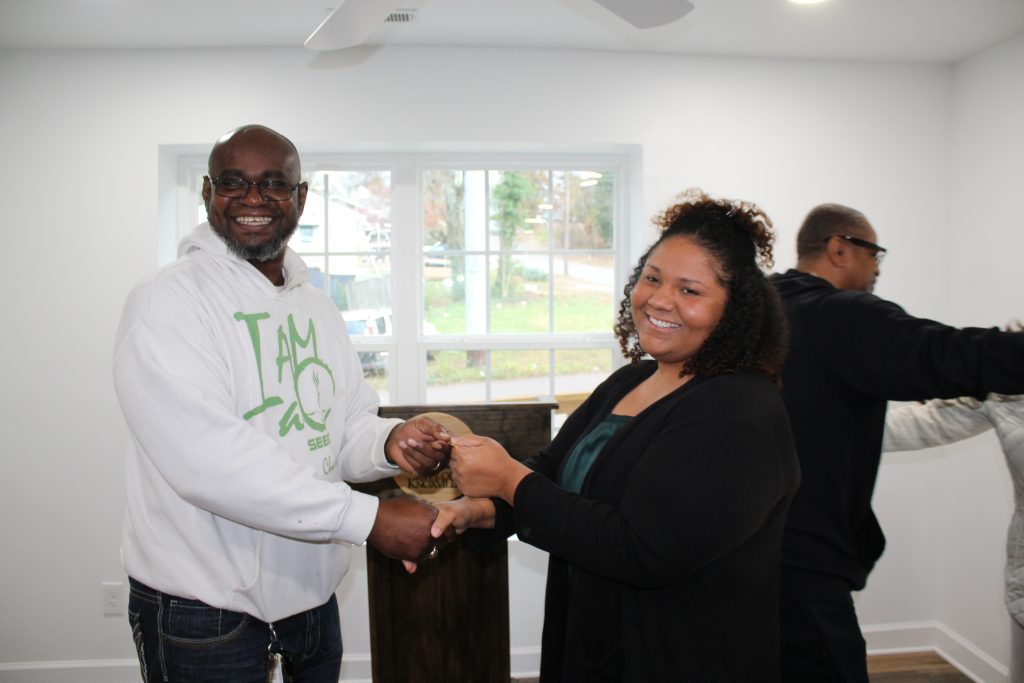
Hassler: At the end of 2024, you handed over the keys to your second energy-efficient home and are gearing up to hand over the keys to your third this spring. These houses don’t just feature solar panels and energy-efficient solutions, but you all also sell these homes below market value to low-income families for families to build generational wealth. What does this feel like?
Jackson: We are giving the best-built home to communities that normally have to settle for less. The family that moves into these houses, not only are they getting a leg up on generational wealth, but they also get the pride of home ownership. They’re not renting anymore.
Now, giving the keys to that first homeowner. Without this, they would have never, ever had the chance of homeownership. They were the only person in that family that ever owned a home. You want to talk about a first-time buyer; we’re talking about a family where every member rents. It was transformative to them, and they were so great.
We gave these keys to this family. It’s like the joy and a sense of relaxation and knowing, “Hey, we finally got a piece of the pie.” It was bittersweet because about two months after that, the dad, who was the co-signer, passed away. But he had a chance to see his daughter get her own home.
The second home was the same thing — the first time someone in the family owned a home. We gave the keys to a family who were serial renters. We want to change these people into serial homeowners. That’s our goal.
We have given people places and spaces they never thought they’d be as far as owning their own homes. We’re excited about this. What makes the third house more important is our partnership with UT-Battelle Oak Ridge National Laboratory. We’ll be pushing the envelope to get a net-zero energy home.

Hassler: One of your more recent initiatives is the Sustainable Home Improvement Program, or SHIP. You partnered with the Solar and Energy Loan Fund, or SELF, to offer low-interest home improvement loans up to $25,000 with no minimum credit requirement. How did it get started, and what need is it serving?
Jackson: One reason SELF is doing this is because it’s a pathway towards solar. I can’t put a solar panel on the house with a bad roof. I can’t put a solar panel on the house that needs weatherization. So, they fix the house and then get it ready for solar.
We are a Tennessee franchisee of SELF. The city of Knoxville, Knox County and KUB are our partners in this. They helped us start this franchise in Knoxville, and they’ve been great partners.
We want to do energy retrofits to get homes ready for solar. We have done four projects so far, ranging from getting the windows fixed to HVAC to solar on someone’s home. We really started about six or eight months ago, but it was a long build-up to it.
Johnson: We realized there was this thing called the missing middle: The people who could afford to get their home weatherized and do solar were already doing it. Then, we had to educate the people that were low-income who could get this for free [Johnson is referencing the Tennessee Valley Authority’s Home Uplift program, which provides an average of $10,000 in free home energy upgrades to income-eligible customers]. But for the people who were in the middle, there was nothing for them, so this loan program really is helping those people out.
Hassler: Is there anything you would like to add about how best to support organizations like SEEED right now?
Johnson: We’re in some different times. We’re gonna need help from individual funders. If people believe what we’re doing, this is definitely time for them to step up, right and start really pouring into organizations like SEEED that need the funding.
We’re not going to be able to do it with the usual methods. We’re going to have to double down, triple down and make sure that organizations make it through this terrible time.
To learn more about SEEED, visit https://www.seeedknox.org/.
Related Articles
Latest News

Leave a comment
Your email address will not be published. Required fields are marked *
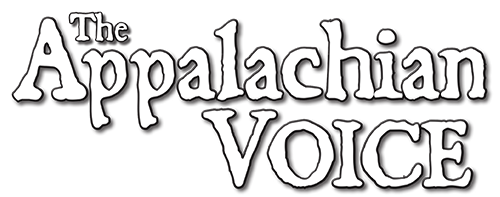

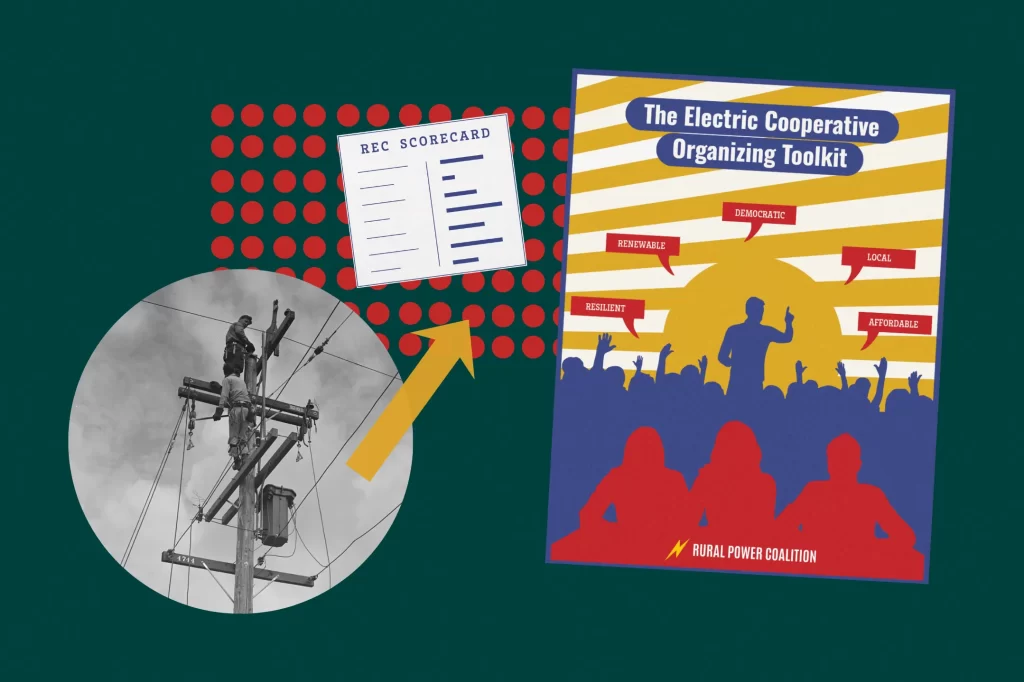

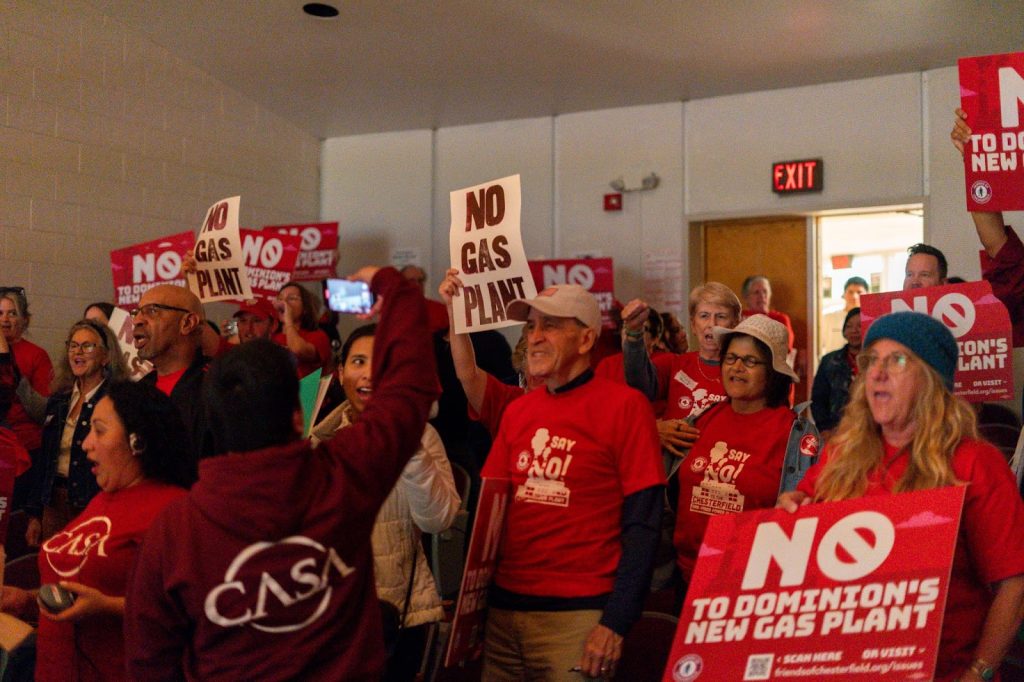
Leave a Comment